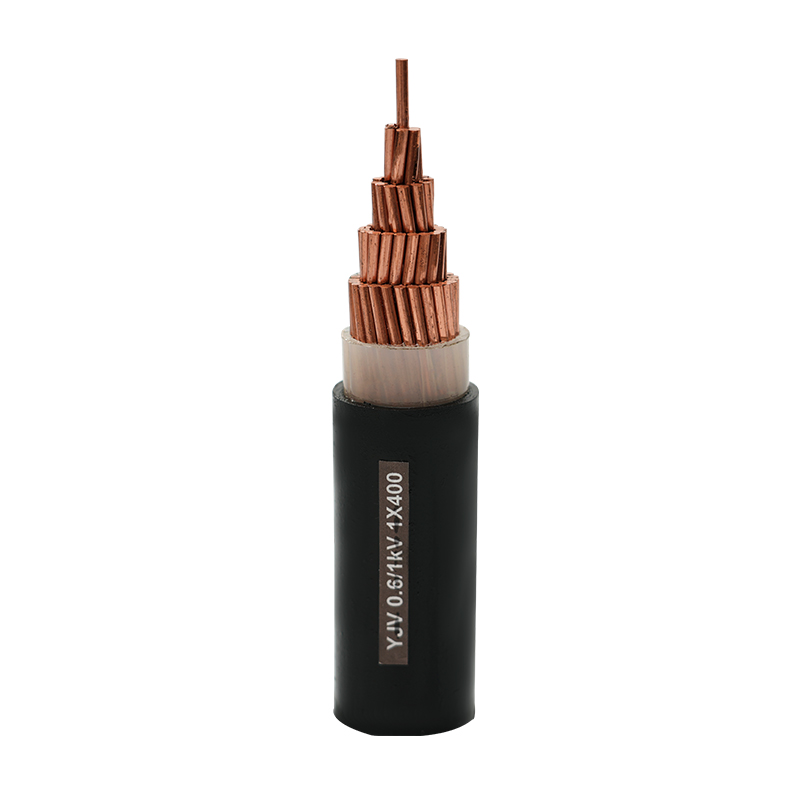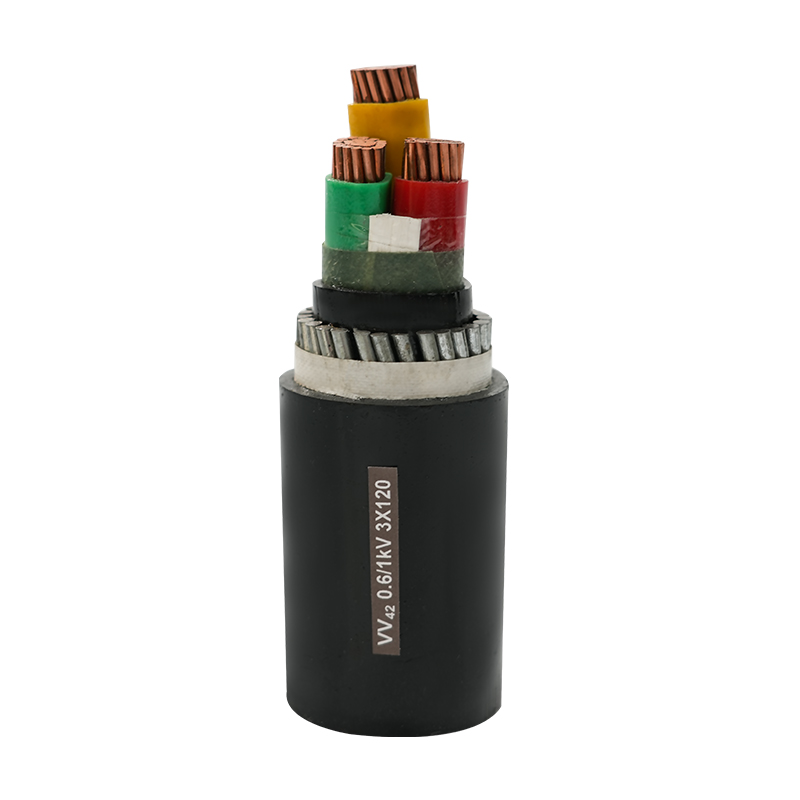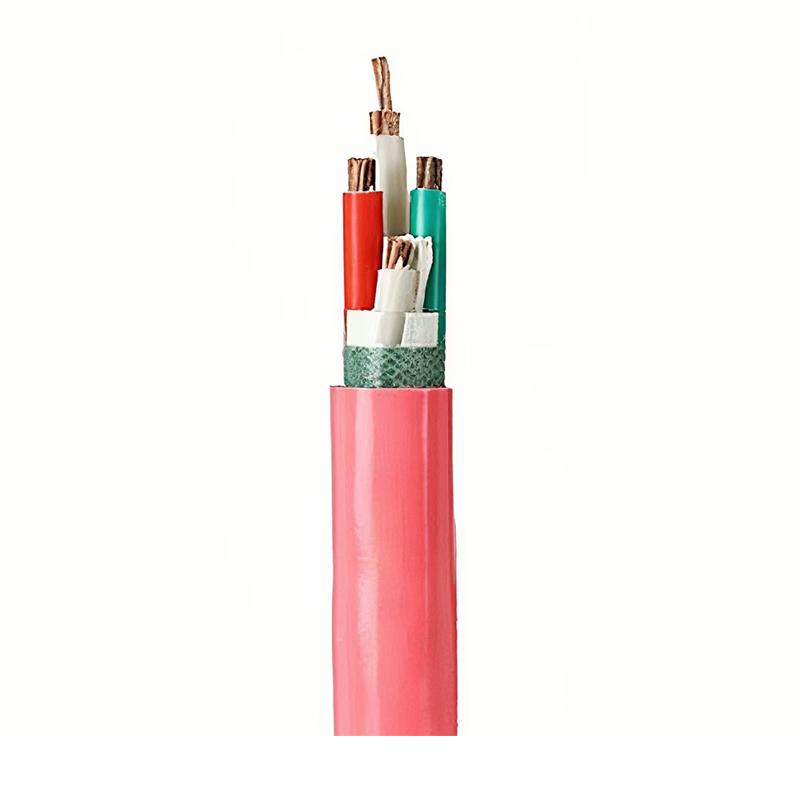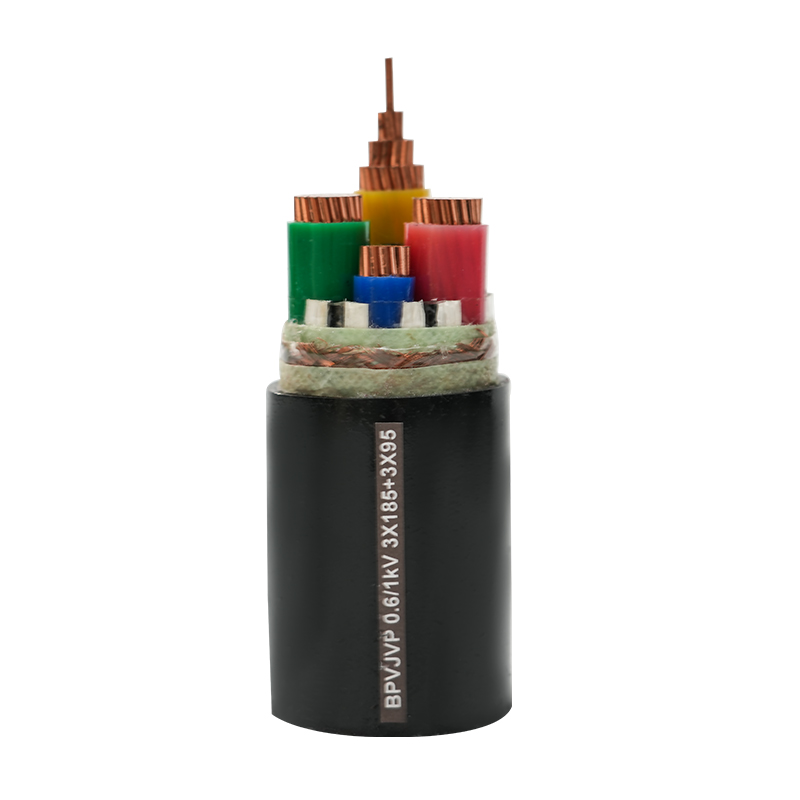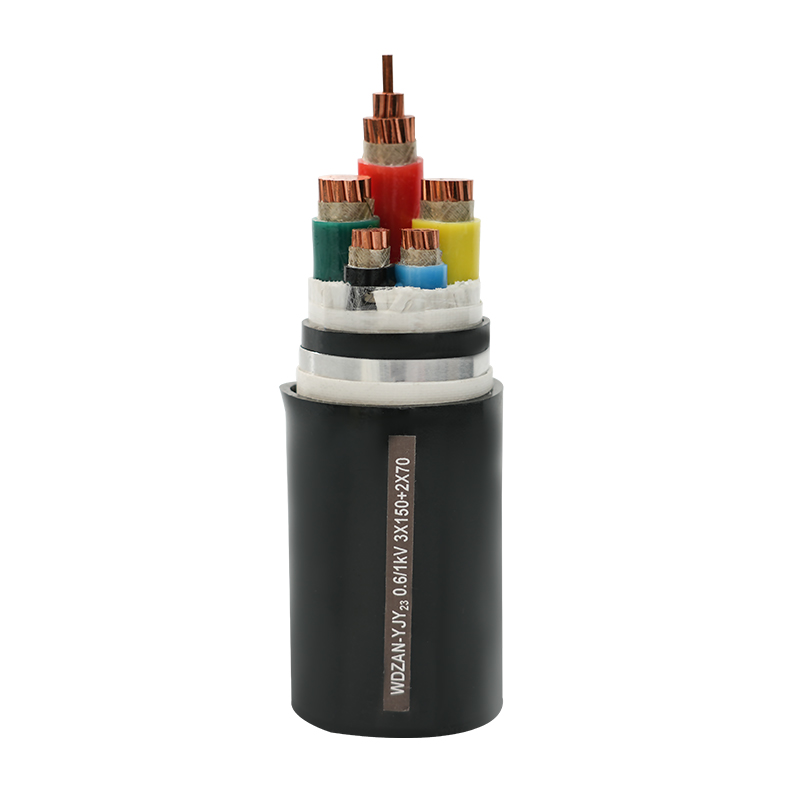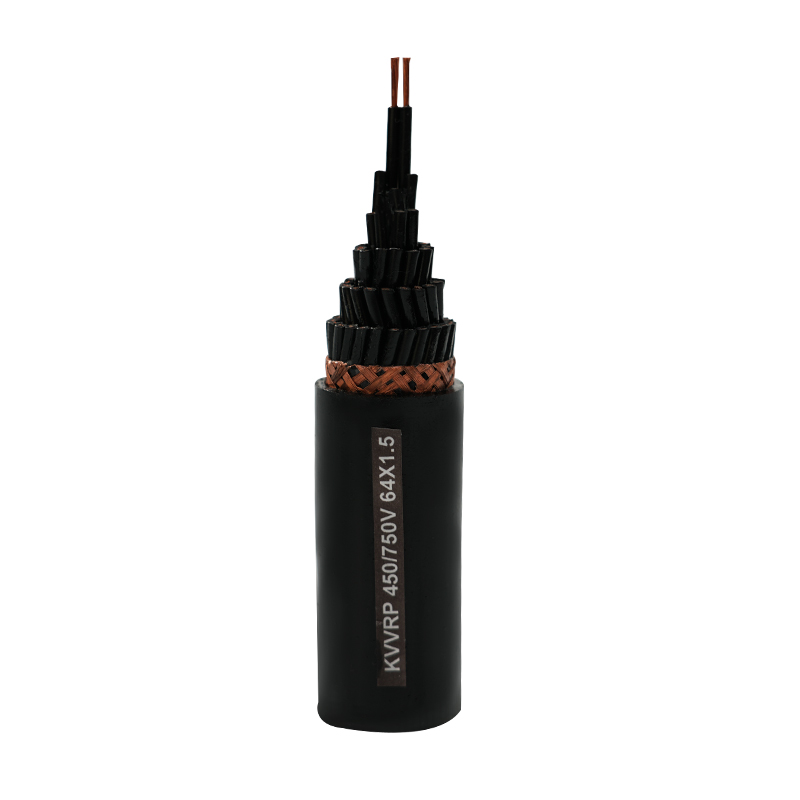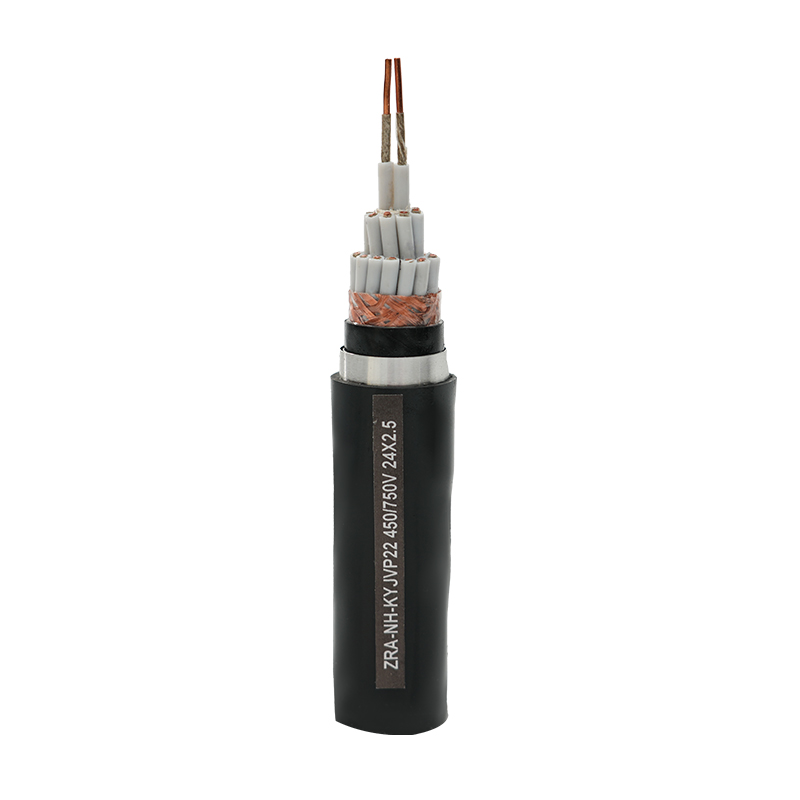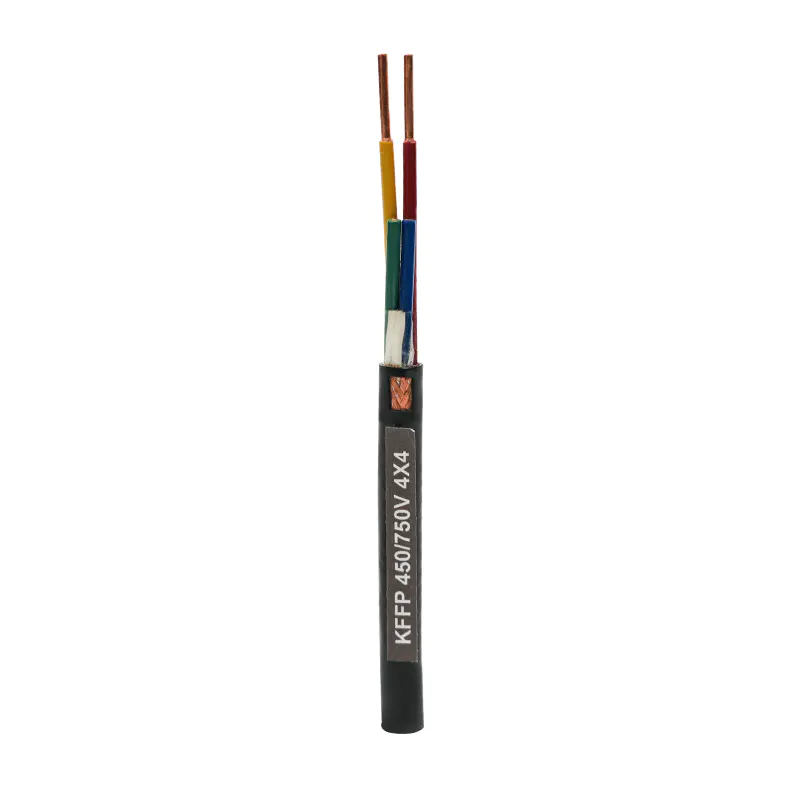The manufacturing process of PVC insulated control cable is a precision engineering that deeply integrates material properties and process technology. From raw materials to finished products, every link is closely centered on insulation performance. Through the precise control of key parameters such as temperature and pressure, as well as the scientific application of specific processes, it is ensured that the PVC insulation layer can play a stable and reliable role, laying a solid foundation for the safe operation of the cable.
The core link of PVC insulation layer molding
During production, the PVC particles are gradually heated to a molten state in the barrel, and the plasticized and uniform PVC melt is delivered to the mold at a stable pressure through the continuous advancement of the screw. The shape and size of the mold are precisely designed, and the melt is extruded in the mold and evenly and tightly wrapped on the surface of the conductor. In this process, temperature control is crucial. If the temperature is too high, the PVC may decompose and reduce the insulation performance; if the temperature is too low, the melt will be insufficient in fluidity and a dense insulation layer cannot be formed. Pressure parameters are also critical. Appropriate pressure can ensure that the thickness of the insulation layer is consistent and the surface is smooth, avoiding defects such as bubbles and wrinkles caused by uneven pressure, thereby shaping a high-quality insulation layer.
Cable manufacturing is a process of multi-parameter synergy
In addition to temperature and pressure, the pulling speed must also be accurately matched with the extrusion speed. Too fast a pulling speed will stretch the insulation layer, making it thinner or even partially damaged; too slow will cause the insulation layer to accumulate, affecting the appearance and performance. Before the conductor enters the extrusion die, it is also necessary to perform preheating treatment to make the surface temperature of the conductor close to the temperature of the polyvinyl chloride melt, enhance the fit between the two, and further improve the tightness of the insulation layer and the conductor. The stability of the production equipment also directly affects the process effect. Regular maintenance and calibration of the equipment to ensure its operating accuracy are necessary measures to ensure that each cable has excellent insulation performance. Through the coordinated control of these production process parameters, the stable output of the insulation layer quality can be achieved.
The key line of defense for defect elimination
Strict quality inspection is the last line of defense for the insulation performance of PVC insulated control cable. Spark testing is a common detection method on the production line. By applying a high-frequency high-voltage electric field on the surface of the cable insulation layer, if there are defects such as micropores and cracks in the insulation layer, spark discharge will occur. The equipment can immediately detect and mark the problem location, which is convenient for the staff to deal with it in time. There is also thickness detection. Using high-precision thickness measuring instruments, the thickness of different parts of the insulation layer is measured to ensure that it meets the standard requirements and avoid the insulation performance being affected by local excessive thinness. The insulation resistance test evaluates the quality of the cable from the electrical performance level. By measuring the resistance value of the insulation layer, it is determined whether its insulation performance meets the standard.
Solid support for insulation quality
The advanced production process is not the outstanding performance of a single link, but a complete system covering multiple links such as extrusion molding, process control, and quality inspection. All links together build a solid barrier to ensure the insulation quality of PVC insulated control cable. From the precise shaping of the insulation layer, to the coordinated control of parameters in the production process, to strict quality inspection, each step embodies the wisdom of process technology, and ensures that the cable always maintains stable and reliable insulation performance in a complex electrical environment in a systematic way.

 English
English 中文简体
中文简体 русский
русский عربى
عربى